Introduction: When the Foundations Break, So Do Lives
Concrete has been one of the most common construction materials on the planet. It lifts skyscrapers, spans bridges, houses hospitals and homes, and much more. But when the strength of concrete is incorrectly assumed or inadequately tested, things go wrong. At Engineering Solutions Equipment, as a high-quality concrete testing equipment manufacturer, we believe that each high-rise or overpass has a quiet hero behind it: accurate and dependable concrete testing!
Let’s take a look at seven of the most notable structural failures globally– with concrete testing at the center of the problem– and how the right tools and processes could have changed everything.
1. The Fall of the Miami Pedestrian Bridge
In March 2018, the newly built pedestrian bridge at Florida International University, marketed as an engineering triumph, fell before it had been opened. The collapse took six lives, and shocked the civil engineering community.
The immediate cause of the collapse was a severely flawed design. However, experts went on to identify that visible cracks were detected before the collapse, which can be construed as indicators of concern. If those cracks were evaluated in the context of ultrasonic or non-destructive testing, as done for similar projects, it may have been sufficient to raise alarms. Comprehensive structural health monitoring that utilized instruments that can detect micro-fractures may have also protected against the collapse.
The cost of not testing remains a sobering reminder that things can appear fine, but without appropriate tests to evaluate their condition or signal an early warning, they may just collapse.
2. Cracking Up in Delhi
In 2022, in the capital city of India, a flyover that was just inaugurated started to show surface cracks after three days of operation. The press called it a “monument to shortcuts,” and quickly pointed to the contractor and the public works department.
Subsequent investigations revealed improper curing and inadequate compressive strength testing. The laboratory used old equipment and therefore provided false guarantees on quality.
If a modern digital compression testing machine with electronic load sensors and timestamped logging, for example, Engineering Solutions Equipment, had been used, they would have detected the weaknesses before pouring concrete. But using legacy systems and manual data reporting disguised the real data.
3. A School Collapse in China: Concrete or Corruption?
A collapsed school dormitory in Jiangxi Province became a poster child for China’s construction quality crisis. Fortunately, it happened before the dorm was completely occupied, but the damage to public confidence was considerable.
Things got worse when it emerged that these tests had been falsified. According to the tests, the premixed partly collapsed because the concrete was too weak, but the reports had been changed. Here, the issue was not with the concrete mix but the integrity of the data.
Today, manufacturers like Engineering Solutions Equipment are addressing this issue by selling machines that have built-in digital records that cannot be interfered with and can be synced using secure cloud storage. When the machines are where accountability and transparency features are built into the machines, human interference is much more difficult.
4. Nairobi’s Collapsing Homes
In 2023, a number of mid-rise facilities in Kenya collapsed in the rain. Dozens were injured. Why? Waterlogged concrete that did not pass basic strength tests.
Testing was being skipped or done wrong. The most basic testing — slump testing and cube strength — was not done. Contractors, trying to save on volume costs, completely skipped the third-party lab testing.
Available simple, portable concrete testing kits — inexpensive and compact — would have avoided such occurrences. If the tools are available, on-site, and easy to use, the excuse of “I had no time” or “there was no lab nearby” is irrelevant.
5. Italy’s Bridge Disaster and the Role of Aging Concrete
The Morandi Bridge collapse in Genoa in 2018 was a story we all saw on the news. The investigation suggested that design defects were involved, but investigators also discovered that deterioration of the concrete and the way it had been maintained, and particularly the effects of the environment and time, had contributed to the collapse as the structure deteriorated to a level deemed unsafe.
What the tragedy illustrated is the following: concrete is not indefinite. If regular monitoring is not taking place, there is a possibility that the strength of concrete is quietly diminished. What are some of the common tools that infrastructure firms use to monitor concrete? Carbonation depth, permeability testing, and a rebound hammer, in their simplest form, don’t do anything to help with closure.
Engineering Solutions Equipment is now involved in bringing active monitoring to end-user infrastructure companies. The value of such a program is monitoring the integrity of the concrete used, which will highlight surface and internal degradation before it could have serious consequences if left unattended.
6. Mumbai’s Metro Project Stalls Due to Cracks
Just weeks before the launch, Mumbai’s dreams of an ambitious new metro line were put on hold. Why? Deep cracks were discovered in the tunnel walls, allegedly due to improper curing and accelerated casting without proper testing protocols.
The engineers admitted that they had relied on old compressive strength machines and manual tracking of testing records, and therefore, critical data was either missing, inconsistent, or lost.
As a part of the tunnel construction contract, an independent source such as Engineering Solutions Equipment could have provided automated systems that would have flagged these inconsistencies earlier. Engineers would not have had to rely on memory or guesswork if they had access to real-time load tracking and remote data from Engineering Solutions Equipment.
7. A Hospital Falls in Turkey After a Mild Earthquake
The final case is the most unfortunate. In 2021, an under-construction hospital was in the middle of a slight tremor before collapsing in part. The project, which was to be a beacon of modern infrastructure in a seismic area, had been applauded as a regional and perhaps national model.
After completion, tests demonstrated concretely in some of the beams and columns that had fallen were horrifically low in required grade. The apparatus used to test the slabs had not been calibrated for some years.
This highlights an often-ignored risk in the industry: equipment maintenance and calibration. Even the best testing equipment is a risk if it is inaccurate, which is precisely why Engineering Solutions Equipment offers both annual calibration and onsite service plans. To guarantee that whatever you are reading is what is real.
What These Failures Teach Us
Concrete doesn’t lie—but it doesn’t speak up either. It’s up to engineers, contractors, and suppliers to listen closely, test thoroughly, and never take its silence for granted.
As a concrete testing equipment manufacturer, Engineering Solutions Equipment works to ensure that every batch of concrete poured into your project has been rigorously vetted, measured, and verified. With the rise of infrastructure investment in 2025, reliable testing is not just a safety protocol—it’s a business advantage.
Final Word: Prevention Is Cheaper Than Collapse
Each of the incidents above carried enormous costs—lives lost, reputations ruined, and cities shaken. What’s alarming is that almost every one of them could have been avoided with the use of reliable testing and updated equipment.
Engineering Solutions Equipment, as your trusted concrete testing equipment manufacturer, builds more than machines—we build accountability. Whether you need compression testers, NDT kits, permeability meters, or curing chambers, we’ve engineered every detail to reduce failure, fraud, and fatal assumptions.
Because in construction, the biggest cracks usually start invisibly.
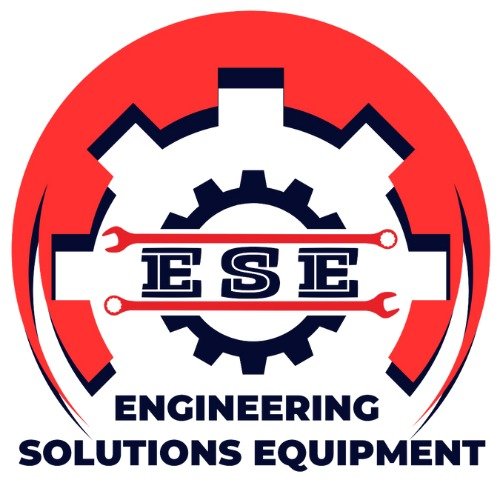


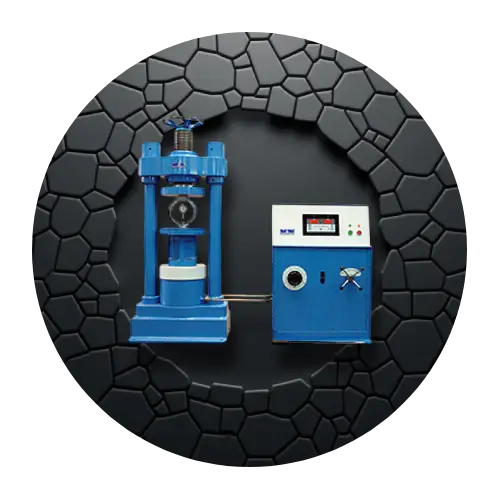
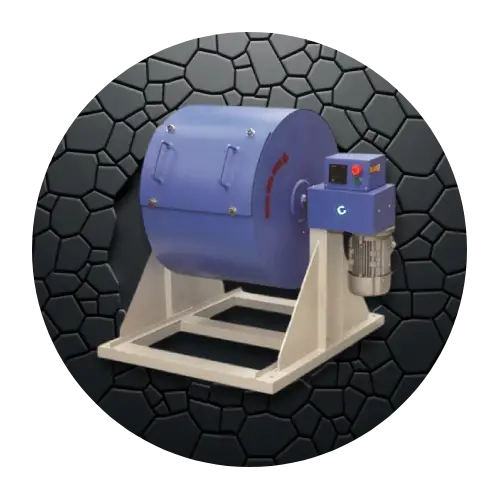





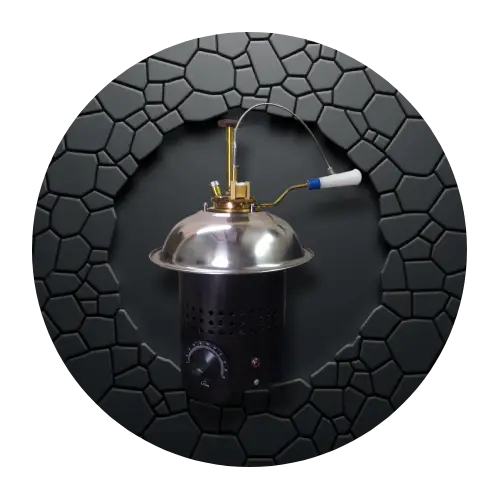

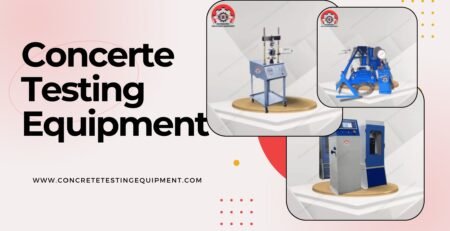




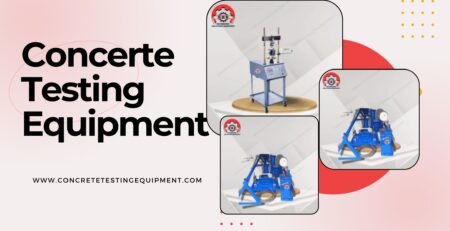


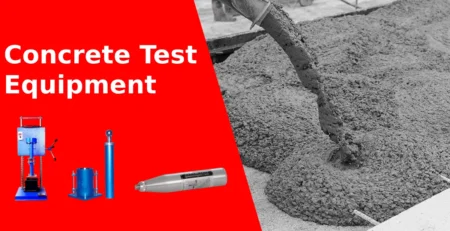



Leave a Reply